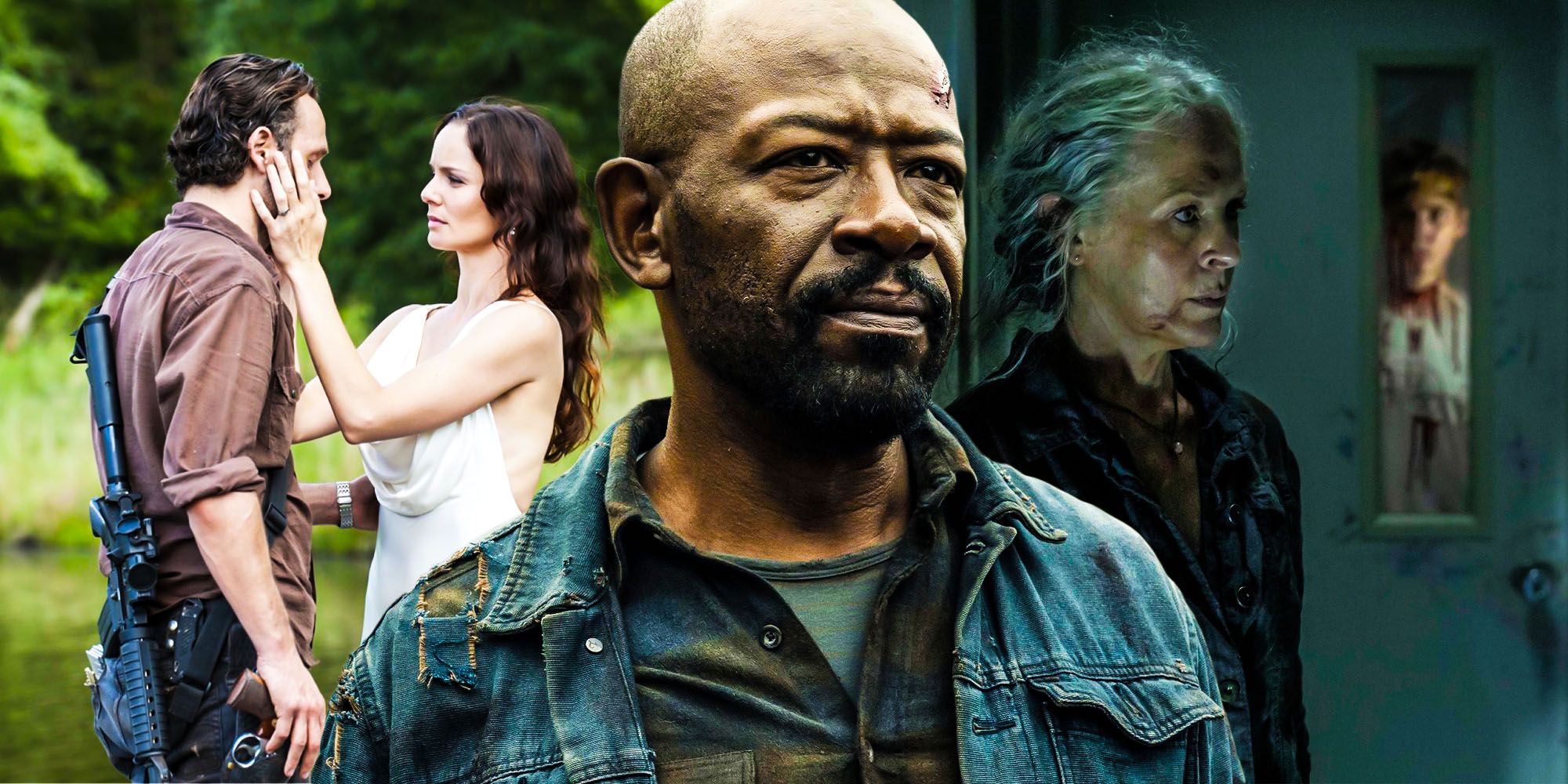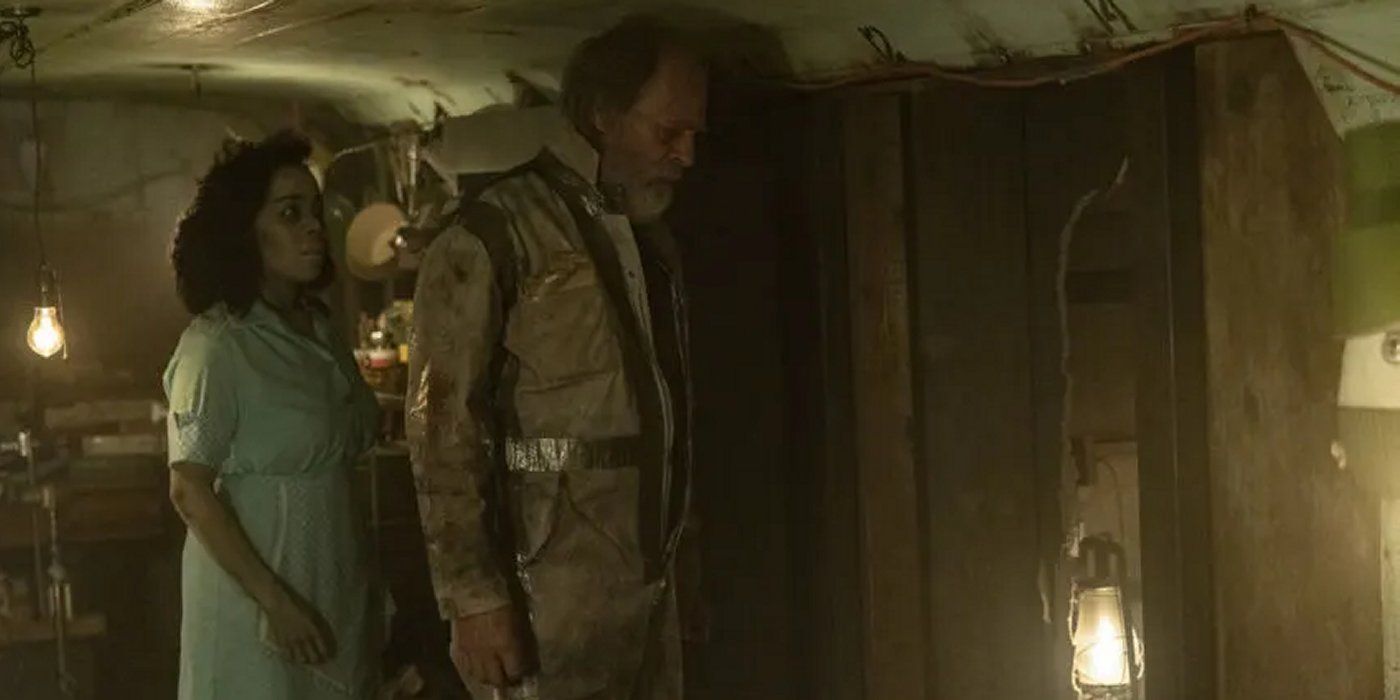
Fear the Walking Dead – as well as the Walking Dead universe as a whole – has overused the hallucination plot device. This all-too-common story trick has emerged as a favorite of all three Walking Dead shows. Each has used it to advance their characters’ stories.
Fear the Walking Dead season 7, episode 3, titled “Cindy Hawkins”, saw John Dorie, Sr. (Keith Carradine) have strange hallucinations about Cindy Hawkins (Brittany Bradford), a victim of Teddy’s that the police never found. It was heavily implied that what John was experiencing was a result of alcohol withdrawal. John clearly knew she wasn’t real, but found himself talking to her anyway, as she represented his overwhelming desire to find the answer to an unsolved mystery from his days as a detective. In the end, John was able to find her without listening to “Cindy”.
How Fear the Walking Dead sent John on an emotional journey to overcome his inner conflict in “Cindy Hawkins” was essentially a repeat of one of the oldest Walking Dead plot devices. The Walking Dead did it in season 10 by revealing that Princess hallucinated her conversations with Eugene, Yumiko, and Ezekiel in episode 20. Rick thought he was talking to Lori on the phone after she died in season 3. Characters like Tyreese, Michonne, Daryl, have all had these experiences at one point or another. Most involve dead characters and tend to occur when a person is wounded or in a poor emotional state. The Walking Dead has reused this trick to a point where it no longer comes across as imaginative.

This particular tactic hasn’t been exclusive to the main show or FTWD season 7. Fear the Walking Dead season 6 devoted nearly an entire episode to a dream that Grace had about her unborn daughter. In a season 1 episode of The Walking Dead: World Beyond, Elton had hallucinations of Percy while the latter was unconscious.
Though this isn’t true in every case, hallucinations becoming so prevalent can be attributed largely to the need for character interaction. Telling stories is often dependent on that, which is why hallucinations may seem like an easy fix in situations where characters like World Beyond’s Elton or Fear the Walking Dead’s John are out on their own somewhere. This is an example of one of the unfortunate issues that comes with splitting up characters in The Walking Dead shows and Fear the Walking Dead’s anthology format. Admittedly, episodes that focus only on one or two people allow for deeper and more meaningful explorations of their personal stories, but keeping them isolated also forces the shows to find other ways to provide character interaction. The method of using hallucinations, though, needs to be abandoned by all three shows in the Walking Dead universe.
from ScreenRant - Feed https://ift.tt/3qdHQ1l
via IFTTT
No comments:
Post a Comment